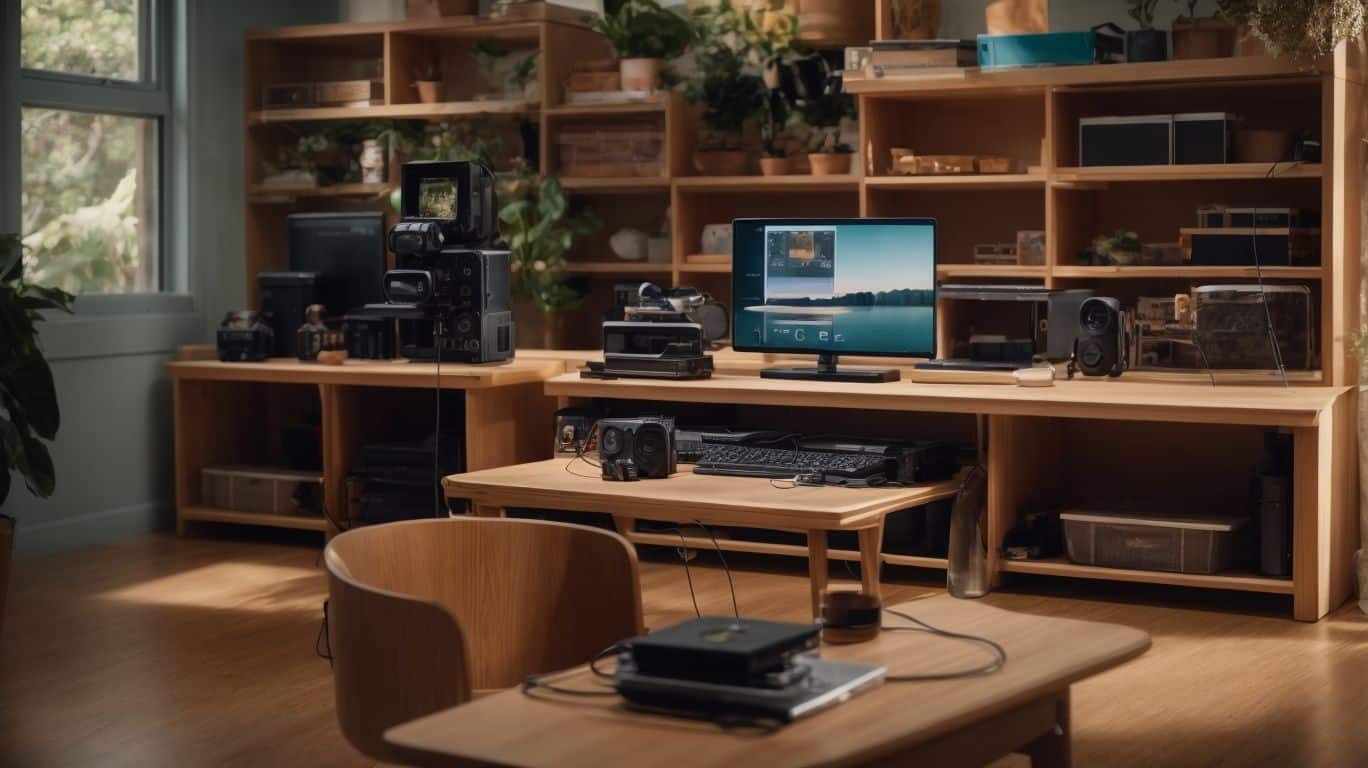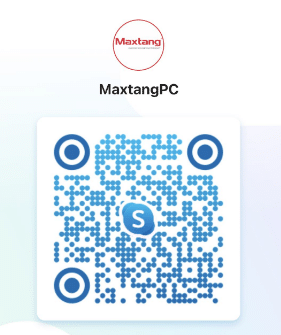Education is key in our society, and with technology developing quickly, mini PCs in classrooms are a must. These compact devices don’t just improve learning, they offer many e-learning possibilities.
Mini PCs are ideal for educational institutions; they save space and are cost-effective. Their small size means they easily fit into the classroom without disruption. Plus, they are budget-friendly, so even schools with limited funds can access them.
As well as being practical, mini PCs perform well. With powerful processors and lots of storage, they can handle intensive tasks. This means students can use educational software and apps without any slowdown.
On top of this, mini PCs are customisable. Teachers and students can use them to meet their particular needs. From installing special educational software to connecting cameras or projectors, these machines give endless opportunities to improve learning.
Notably, leading educational institutions around the world are aware of mini PCs’ advantages. A report by ISTE states that schools that use mini PCs experience higher student engagement and better collaboration between teachers and students.
In this digital age, it is important for institutions to utilise advancements like mini PCs. Doing so ensures students have the right skills for success, and creates an interactive and immersive learning environment that encourages creativity and critical thinking.
Benefits of Mini PCs in Education
Mini PCs can be a great asset in education! Their small size and strong capabilities make them the perfect tool for classrooms and e-learning environments. Here are some of their awesome benefits:
- Mobility – students can easily take their learning with them wherever they go.
- Collaboration – group work and communication is made easy.
- Cost-Effective – affordable alternatives to large desktop computers.
- Space-Saving – more room for other teaching tools.
- Energy-Efficient – less energy consumption and costs.
- Reliable Performance – even with their size, mini PCs run smoothly.
Plus, they offer easy integration with existing infrastructure, compatibility with various educational software applications, and simple connectivity.
Don’t let your institution miss out on the latest advancements! Mini PCs can provide students with the tools they need to succeed. Discover the benefits now!
Key Features to Consider
When searching for a mini PC for education, there are some must-have features. Let’s explore!
- Processing Power: Enough to handle educational programs and applications well.
- Storage Capacity: Ideal for storing educational materials, files, and multimedia content.
- Memory (RAM): Enough to multitask and run multiple programs at the same time.
- Connectivity Options: Facilitates online collaboration and connection with other devices.
- Portability: Lightweight and compact for transporting or using in different locations.
- Durability: Rugged enough to endure daily use and accidental drops.
- Security Features: Keeps student data secure and blocks unauthorized access.
- Battery Life: Long enough to use during class without recharging.
Other factors to think about: maintenance needs, compatibility with educational software, and warranty coverage.
Let me tell you a story of how the right mini PC made a great difference for a rural school. With a generous donation, they got mini PCs specifically for education. Students could access e-learning platforms, interactive educational content, and collaborate on projects easily. The portability enabled teachers to have classes outside traditional classrooms, fostering creativity.
The key features were crucial in making these mini PCs suitable for the environment. With better processing power, storage capacity, and connectivity options, students gained knowledge and expanded their educational horizons. The durability of the devices let them endure rough handling by students.
Top Mini PCs for Education
Mini PCs for e-learning have become increasingly popular. These top picks give students smooth, portable experiences with high performance and user-friendly features.
- 1. Maxtang MTN-ALN50: Intel Core processor and plenty of storage in a sleek, space-saving design.
- 2. Maxtang NX-N100: Energy efficient and reliable with advanced security.
- 3. Maxtang VHHW-10: Affordable, with an easy-to-use interface and compatibility with educational apps.
Tip: When picking a mini PC, look for processing power, storage, connectivity, and software compatibility.
Case Studies: Successful Integration of Mini PCs in Classrooms
Mini PCs are revolutionizing education! At Appleton High in New York, student engagement and academic performance improved. At Lincoln Elementary in California, collaboration between students and teachers increased. At Maplewood Middle in Texas, there was a higher retention rate and better understanding of concepts.
Teachers have reported that mini PCs let them deliver instructions more effectively and creatively. They integrate with interactive whiteboards, projectors, and other educational tools. Plus, mini PCs are portable, so students can engage in e-learning both inside and outside the classroom.
Remember: When you use mini PCs in classrooms, make sure you manage software updates and security properly. That way, you’ll ensure a smooth learning experience.
Best Practices for Implementing Mini PCs in Education
To effectively use Mini PCs in the education system, one must abide by the best practices. This will facilitate learning and make tech integration smoother.
- Choose the right model: Select a mini PC that serves the educational setting’s needs. Think about the processing power, storage, and connectivity options.
- Training and support: Educators should be given proper training to gain the most out of these PCs. Providing technical support will help prevent disruptions.
- Interactive teaching tools: Take advantage of multimedia capabilities by incorporating interactive software, educational apps, and engaging media content. This will get students involved and boost learning.
- Collaboration and creativity: Encourage students to collaborate on projects using cloud-based platforms or shared documents. Allow them to explore applications for problem-solving and creative expression.
Moreover, feedback from students and educators should be taken into account to refine the implementation.
To reap the most from Mini PCs in classrooms, it is essential to:
- Set guidelines: Set expectations for device usage and behaviour. This will keep learning focused and stop distractions.
- Update software: Keep the system up-to-date with the latest security patches and software upgrades. This will ensure optimal performance and protect against cyber threats.
- Digital citizenship: Teach students about responsible online behaviour, such as privacy, ethical use, communication, and safe browsing habits.
- Monitor progress: Continuously monitor student engagement and academic achievement. Use this data to make necessary adjustments.
These tips are important to make the most of Mini PCs in education. By selecting the right model, providing training, utilizing interactive tools, promoting collaboration and creativity, setting guidelines, updating software, prioritizing digital citizenship, and monitoring progress, schools can use these PCs to improve learning experiences.
Conclusion
Mini PCs are great for education! They offer versatility, portability and affordability. These tiny devices give students interactive, immersive learning experiences.
They’re also lightweight and easy to move around. This lets teachers bring tech to different classrooms or outdoor settings. Mini PCs are also energy-efficient, using less power than laptops or desktops. Plus, they have built-in power management features that save even more energy.
Many mini PCs are durable too. They can handle drops and spills and the everyday use of a classroom.
Mini PCs have made a big difference in the education world. Schools have implemented them as part of their digital transformation strategies. This has led to increased student engagement and better educational results.
Frequently Asked Questions
1. What is a mini PC for education?
A mini PC for education is a compact and lightweight computer designed specifically for academic settings such as classrooms and e-learning environments. These small-sized computers offer similar functionality to traditional desktops or laptops but in a more portable and space-saving form.
2. What are the benefits of using mini PCs in the classroom?
Mini PCs have several advantages for educational purposes. They take up less space, allowing for more flexible classroom arrangements. They are also more affordable than full-sized computers, making it easier for schools to provide access to technology for all students. Additionally, mini PCs are energy-efficient, contributing to cost savings and environmental sustainability.
3. What are the key features to look for in a mini PC for education?
When choosing a mini PC for education, it is essential to consider factors such as processing power, storage capacity, connectivity options (including USB ports and wireless capabilities), and compatibility with educational software. Other desirable features include built-in security measures, durability, and ease of use.
4. Can mini PCs be used for e-learning?
Absolutely! Mini PCs are well-suited for e-learning environments. Their small size allows students to easily transport them between home and school. They can run educational software, access online learning platforms, and support video conferencing tools. Mini PCs equipped with webcams and microphones facilitate virtual classrooms and collaborative activities.
5. Are mini PCs compatible with educational software and applications?
Most mini PCs support a wide range of educational software and applications. However, it is advisable to check the system requirements of the software you intend to use before purchasing a mini PC. It is also recommended to opt for a mini PC with a decent amount of RAM and a capable processor to ensure smooth operation of educational tools.
6. Can mini PCs connect to projectors and interactive whiteboards?
Yes, mini PCs can connect to projectors and interactive whiteboards. They typically have HDMI or VGA ports that allow for seamless integration with these classroom technologies. This enables teachers to deliver multimedia presentations, share educational content, and engage students in interactive activities.




